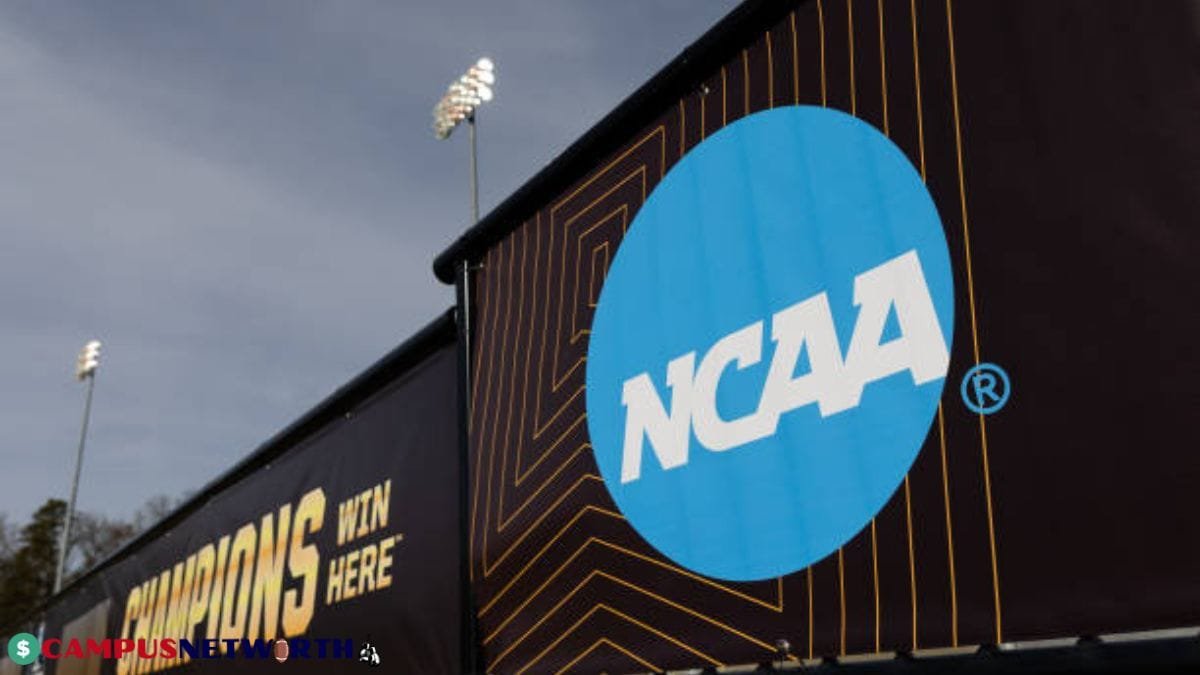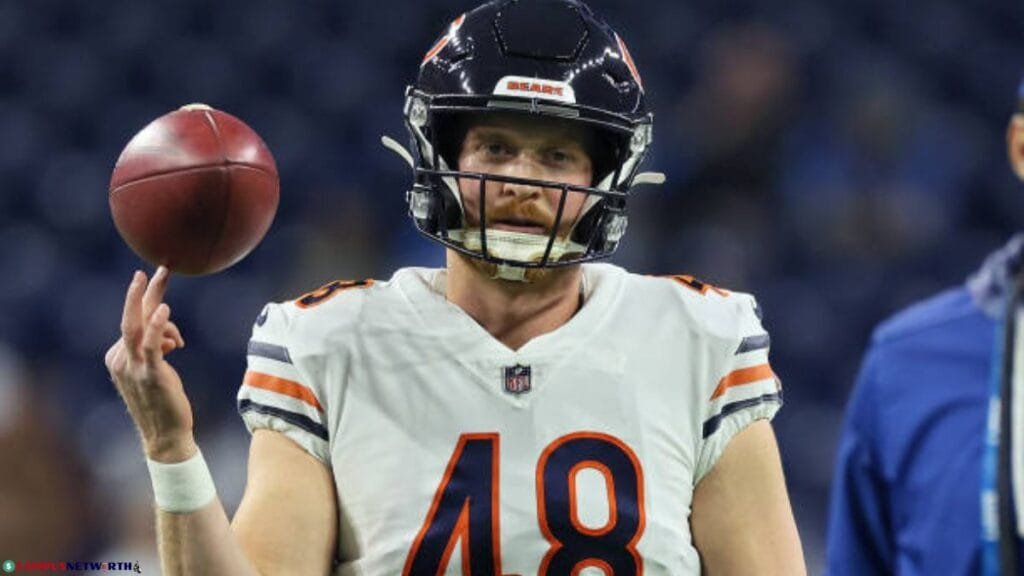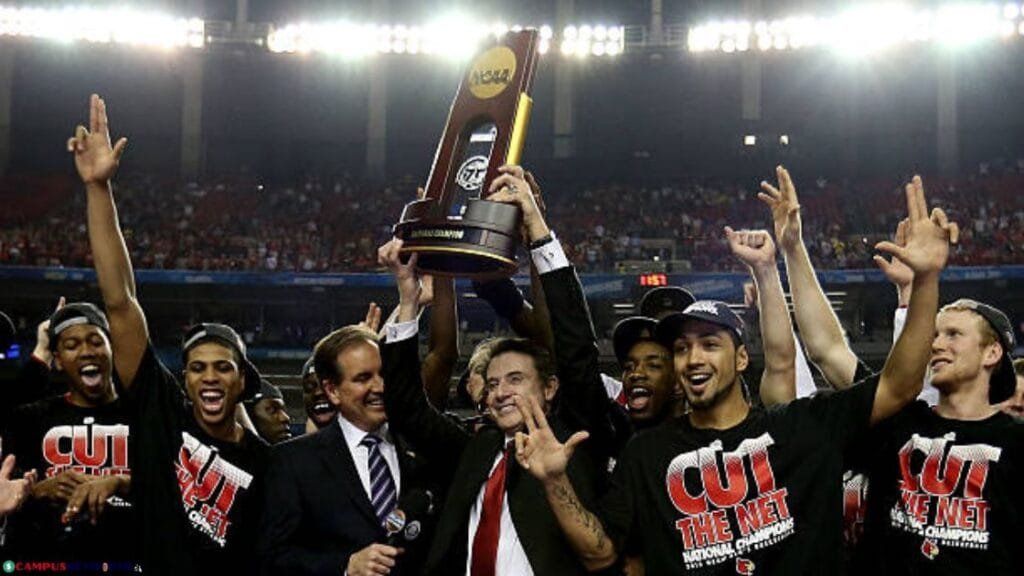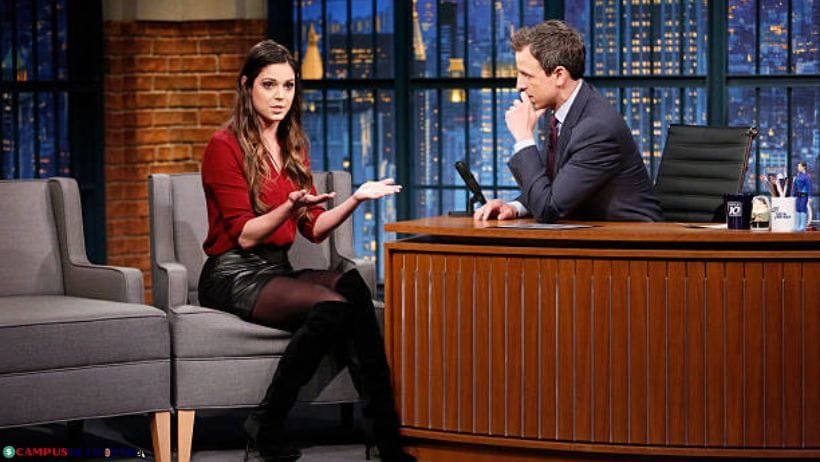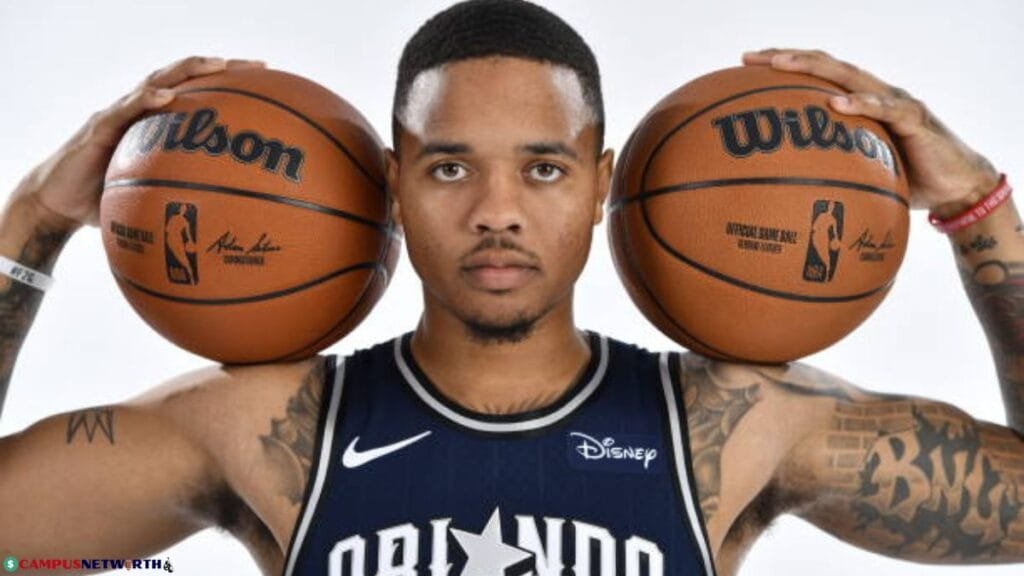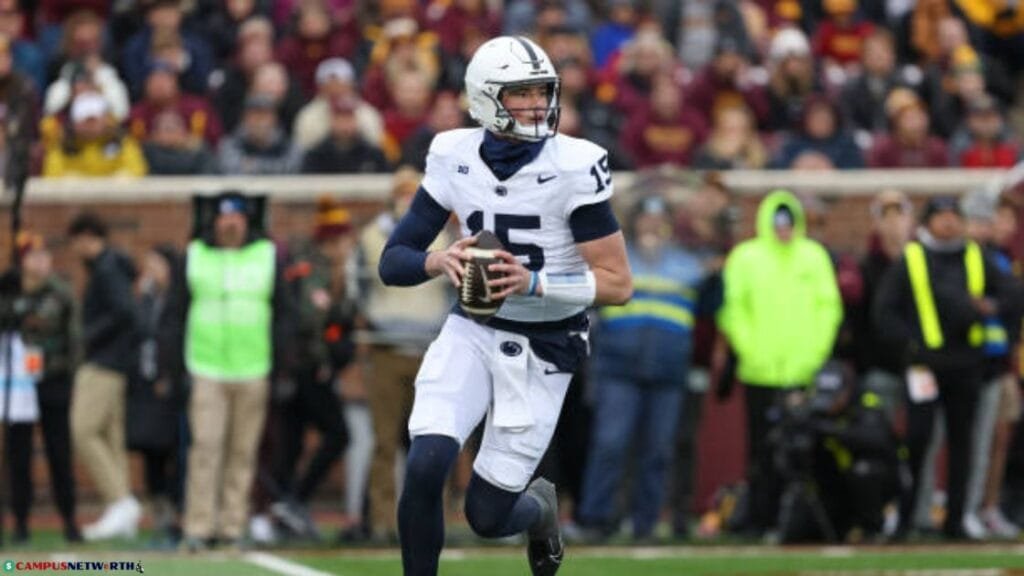Name, Image, and Likeness (NIL) refers to a person’s ability to earn money from their identity. In sports, this means athletes can be paid for endorsements, social media posts, or other deals. The NCAA introduced new rules in 2021 that let student-athletes profit from their NIL.
Before this, athletes could lose their eligibility for taking payments. These changes have transformed college sports. Athletes now have more opportunities to earn money while competing.
NIL rules allow students to benefit financially without breaking the NCAA’s rules about amateurism. This shift is helping athletes build brands and secure their futures.
Table of Contents
ToggleThe History of NCAA NIL Policies
The NCAA has long opposed payments to student-athletes. It insisted they compete as amateurs, without any financial benefits tied to their sports. This policy faced criticism over time. People argued it was unfair to athletes who helped generate billions of dollars for colleges.
One major challenge came with the O’Bannon v. NCAA case in 2009. Ed O’Bannon, a former basketball player, sued the NCAA. He claimed athletes should earn money from their appearances in video games. A court agreed and ruled that the NCAA’s restrictions on athlete compensation violated antitrust laws. This decision forced the NCAA to reconsider its stance.
In 2019, California passed the Fair Pay to Play Act. This law allowed college athletes to profit from their name, image, and likeness. It was the first of its kind and pushed other states to follow. Faced with growing pressure, the NCAA announced an interim policy in 2021, allowing NIL opportunities for all athletes.
These changes have reshaped college sports. Athletes now have the chance to benefit from their talents while competing. The push for NIL rules shows the growing importance of fairness and financial opportunities in collegiate athletics.
Legal Milestones Impacting NIL
Legal milestones have played a key role in shaping NIL policies for student-athletes. These changes came after years of debates and lawsuits that challenged NCAA rules.
NCAA v. Alston Supreme Court Decision:
- The Supreme Court ruled against the NCAA in 2021.
- The case focused on whether the NCAA could restrict education-related benefits for athletes.
- The court decided these limits violated antitrust laws.
- This ruling opened the door for further challenges to NCAA rules.
- It confirmed that athletes have rights to fair treatment under the law.
State-Level NIL Laws:
- California led the way with the Fair Pay to Play Act in 2019.
- This law allowed athletes to profit from NIL without risking eligibility.
- Other states quickly passed similar laws, forcing the NCAA to act.
- By July 2021, more than 20 states had active NIL laws.
- These laws vary but share a common goal. To give athletes more control over their financial rights.
Alignment with Title IX:
- Title IX ensures equal opportunities in sports for men and women.
- NIL policies must comply with these regulations.
- Schools must ensure NIL deals do not create gender inequalities.
- Female athletes now see more endorsement opportunities.
- Efforts continue to balance NIL access across all genders.
These legal milestones have reshaped college sports. They ensure athletes receive fair opportunities while upholding key regulations.
NCAA’s Interim NIL Policy
The NCAA introduced its interim NIL policy in July 2021. This policy allows student-athletes to profit from their name, image, and likeness while maintaining eligibility to play.
Provisions of the NIL Policy:
- Athletes can sign endorsement deals with brands.
- They can earn money through social media, sponsorships, and advertisements.
- Payments must comply with state laws or individual school policies.
- Athletes must disclose NIL deals to their schools.
- Compensation must not depend on athletic performance or achievements.
Guidelines for Brand Deals and Compliance:
- Schools cannot pay athletes directly for NIL opportunities.
- Deals must not violate NCAA rules or involve pay-for-play agreements.
- Athletes are prohibited from promoting certain industries, such as alcohol or gambling.
- Schools often review agreements to ensure compliance.
- Transparent reporting is critical for athletes to avoid penalties.
NIL Collectives and Their Role:
- Collectives are groups formed to support athletes in securing NIL deals.
- They often consist of alumni, businesses, and boosters.
- These organizations pool resources to fund endorsements for athletes.
- They help athletes navigate contracts, marketing, and legal requirements.
- Some raise concerns about lack of regulation and potential misuse of funds.
The NCAA’s interim policy marked a significant shift. Athletes gained control over their personal brands and income. Schools, businesses, and collectives now play important roles in helping athletes maximize NIL opportunities.
Impact on Student-Athletes
NIL offers student-athletes many new opportunities. They can now earn money from endorsements, sponsorships, and partnerships. Social media is another big platform. Athletes with large followings can make money by promoting products or posting sponsored content.
Many athletes have already succeeded with NIL. For example, gymnast Olivia Dunne has earned significant income through her social media presence. Football player Bryce Young secured major endorsements, including a seven-figure deal. These examples show how athletes can profit from their popularity.
NIL also brings challenges. Balancing academics and branding can be hard. Student-athletes often face demanding schedules, making it tough to focus on both. Compliance with Title IX is another issue. Schools must ensure NIL deals do not favor one gender over another. Some athletes find fewer opportunities because of these rules.
NIL has changed college sports. Athletes now have the chance to build financial independence. They can focus on preparing for their futures. At the same time, challenges require careful management to ensure fair and equal opportunities for all.
Role of NIL Collectives
NIL collectives play a significant role in helping athletes benefit from their name, image, and likeness. These groups are often funded by alumni, businesses, and fans who want to support athletes at specific schools.
What NIL Collectives Are:
- Groups that pool resources to secure NIL deals for athletes.
- Often created by boosters, alumni, or local businesses.
- Aim to maximize financial opportunities for athletes while promoting school pride.
- Function as a bridge between athletes and companies offering endorsements.
How NIL Collectives Work:
- Raise money from donations, sponsorships, and community contributions.
- Use these funds to negotiate brand deals and endorsements for athletes.
- Help athletes manage contracts, payments, and legal aspects.
- Offer marketing support, financial advice, and guidance on personal branding.
- Focus on promoting individual athletes or entire teams.
Benefits for Athletes:
- Simplifies the process of finding and securing deals.
- Provides resources to compete with professional athletes in endorsements.
- Helps athletes focus on their sports without managing complex negotiations.
Potential Ethical and Regulatory Concerns:
- Lack of transparency in how funds are distributed among athletes.
- Risk of favoritism, where certain athletes receive most of the opportunities.
- Possibility of deals that violate NCAA or state NIL rules.
- Concerns over whether collectives create an unfair recruiting advantage.
- Need for clear regulations to ensure fairness and compliance.
NIL collectives have become powerful tools for student-athletes. They allow athletes to access more opportunities and support while navigating NIL deals. Yet, they also raise important ethical and regulatory questions. Clear guidelines and oversight are crucial to ensure fair and lawful practices.
Title IX and Its Impact on NIL Policies
NIL policies must align with Title IX, which ensures gender equity in college sports. Title IX prohibits discrimination based on gender, requiring schools to provide equal opportunities for male and female athletes.
How NIL Policies Align with Title IX:
- Schools must ensure that NIL deals do not favor one gender over another.
- Equal resources, guidance, and support must be offered to male and female athletes.
- Compliance involves monitoring NIL activities to prevent disparities.
- Schools can educate athletes on NIL opportunities to encourage participation from all genders.
Disparities in NIL Opportunities:
- Male athletes often receive more lucrative deals, especially in sports like football and basketball.
- Female athletes face challenges in securing deals due to less media coverage of women’s sports.
- Social media has helped female athletes gain recognition. Athletes like Olivia Dunne and Suni Lee have signed significant NIL deals.
- Brands often prioritize athletes with large followings, creating gaps for athletes in less popular sports.
Efforts to Address Inequalities:
- Schools are working to provide equal access to resources and NIL education.
- Initiatives are promoting female athletes in marketing campaigns.
- Female athletes use platforms like Instagram and TikTok to build strong personal brands.
Title IX remains critical in shaping NIL policies. It helps ensure fairness, but challenges persist. Balanced opportunities depend on continued support and awareness for all athletes.
Recent Developments and Future Outlook
NIL policies continue to evolve. A recent proposal suggests a $2.8 billion settlement for athlete compensation. This agreement could allow colleges to pay athletes directly for their contributions to sports programs. It represents a major shift in how student-athletes are treated.
Federal NIL laws remain a hot topic. Lawmakers are discussing national regulations to replace the current patchwork of state-level policies. These debates focus on creating fairness, protecting athletes’ rights, and ensuring consistency across all states.
The NCAA is under pressure to adapt. Schools and athletes are calling for clearer rules and better enforcement of NIL policies. Some argue the NCAA must modernize its approach to stay relevant in collegiate sports.
Future trends suggest more changes are coming. Athletes could see increased access to NIL deals as schools and brands embrace the new landscape. Female athletes may benefit from more attention as efforts for gender equity grow. Technology and social media will likely play a bigger role, giving athletes more tools to promote their brands.
NIL is shaping the future of college sports. These developments show a growing focus on fairness and opportunity for athletes across all levels and disciplines.
Conclusion
NIL has transformed college sports. Athletes can now earn money from their name, image, and likeness while competing. These rules have opened new doors for student-athletes, giving them financial opportunities and control over their personal brands. The changes reflect a shift toward fairness and recognition of athletes’ value.
Balancing athlete compensation with the NCAA’s mission remains critical. Fair rules and strong oversight are needed to protect the integrity of collegiate sports. NIL policies must continue evolving to ensure equal opportunities for all athletes. This balance will define the future of college athletics and the role of the NCAA.

